In modern bathroom design, the acrylic freestanding tub has become an essential element in enhancing the bathing experience and spatial atmosphere. Compared to traditional embedded bathtubs, freestanding bathtubs are visually lighter and more suitable for open, decorative bathroom layouts. Among them, freestanding acrylic tubes are widely used in residential and home renovation settings due to their light weight, warm feel, sound insulation, and diverse styling options.
However, many people may have questions after purchasing: Is acrylic material easy to scratch? How to clean daily? Do you need special maintenance methods? If used for a long time, will there be yellowing or difficult-to-remove stains? This article will analyze multiple dimensions, including material characteristics, cleaning points, maintenance habits, and common problem handling, to help you understand the use and maintenance of acrylic independent bathtubs.
1. What is an acrylic freestanding tube? What are its characteristics?
Acrylic freestanding bathtubs typically use a structure consisting of an acrylic surface layer and a fiberglass reinforcement layer. Acrylic itself is lightweight and has good plasticity, allowing it to achieve various ergonomic shapes, such as circular, elliptical, egg-shaped, and backrest shapes. The glass fiber-reinforced layer enhances structural strength, allowing the bathtub to be more stable.
In practical use, acrylic freestanding tubes have three outstanding performance advantages:
Warm touch and good insulation performance
Unlike metal materials, acrylic surfaces have lower thermal conductivity and maintain higher temperatures after immersion in water, improving immersion comfort.
Lightweight and more flexible installation
A freestanding tube with a length of approximately 59 inches to 67 inches and a depth of 14 inches to 17 inches, typically weighing between 70 and 120 pounds, with low difficulty in floor installation and movement.
Smooth surface, easy to clean daily
The acrylic surface has anti-fouling properties, and daily cleaning does not require strong chemical cleaners.
According to a HomeAdvisor research report on bathtub maintenance, acrylic bathtubs can maintain surface gloss for more than 5 years during everyday household use and are not prone to significant fading or aging (source: HomeAdvisor.com).
2. How to carry out daily cleaning? (Key point)
Although the surface of acrylic bathtubs has anti-fouling properties, proper cleaning methods are still necessary to avoid scratches, wear, or a decrease in gloss. The daily cleaning suggestions are as follows:
(1) Use warm water and neutral detergent
You can choose warm water with mild liquid soap, shower gel, or kitchen mild detergent, and use a soft sponge to wipe the surface of the bathtub.
(2) Avoid using stiff brushes, steel wire balls, or cleaning powders containing abrasive ingredients
Although the surface of acrylic acid is rigid, it may still produce minor scratches when it encounters abrasive particles, gradually affecting its visual luster.
(3) Regularly rinse and dry the surface with a dry cloth
Keeping dry after daily use can reduce the accumulation of watermarks.
(4) For the edge and waterline areas of the bathtub, mild treatment with white vinegar diluent can be used
The recommended dilution ratio for white vinegar is 1:3 (white vinegar: water). Wipe with a soft cloth and rinse with clean water.
If the above steps are followed, the bathtub surface will not easily accumulate stains, turn yellow, or form stubborn scale.
3. Deep cleaning and periodic maintenance
In addition to daily maintenance, it is recommended to perform a deep cleaning every 1-2 weeks, especially when there is a sticky feeling or water stains accumulate on the surface.
Deep cleaning method:
Fill the bathtub with warm water to approximately 1/4 to 1/2 its height.
Add a small amount of neutral bathroom cleaner or non-foaming care agent.
After standing for 10-15 minutes, drain and thoroughly rinse with warm water.
Finally, dry off the moisture with a soft towel.
For hard water areas at home (with high mineral content), it is recommended to use citric acid or white vinegar solution once a month for scale softening treatment to avoid stubborn sedimentation affecting the luster.
According to the maintenance recommendations of Plumbing Manufacturers International, if periodic descaling is not carried out in hard-water areas, the rate of decrease in bathtub surface gloss will increase by about 25% (source: PMI.net).

4. Precautions during use
To extend the service life of acrylic freestanding tubes, the following behaviors should be avoided:
Do not use hair dyes, nail polish, or chemicals containing intense pigments directly in the bathtub.
Do not stand on or step on complex objects in the bathtub, such as cleaning tool buckets or metal stools.
Do not use the bathtub as a space for storing tools or heavy objects.
If bath salts or essential oils are used in the bathtub, choose soluble, mild products to avoid residue adhering to the surface.
5. Scratch repair and yellowing treatment methods
Even with careful use, the surface of acrylic may still be slightly scratched by metal jewelry, the bottom of the shower tub, etc. Fortunately, acrylic acid has good reparative properties:
Minor scratches: Use 1500-2000 grit sandpaper for fine polishing, and then use polishing paste to restore luster.
Noticeable scratches or matte areas: A Professional acrylic polishing repair kit can be used.
Localized yellowing: Gently treat with white vinegar, citric acid, or oxygen-based cleaning agents.
If irreversible yellowing occurs, it is often related to long-term scale deposition or surface coating aging. Professional personnel can be hired for secondary polishing.
Conclusion: Acrylic freestanding tubing is easy to maintain, simple to care for, and only requires the correct method to maintain its luster for a long time
The material characteristics of the acrylic independent bathtub determine that it does not require complex or high-cost maintenance, as long as:
Use a gentle and neutral cleaning method.
Keep dry and avoid hard wear and tear.
Regular deep care and descaling.
It can maintain a bright, comfortable touch in daily use, offering a long-term, elegant bathing experience.

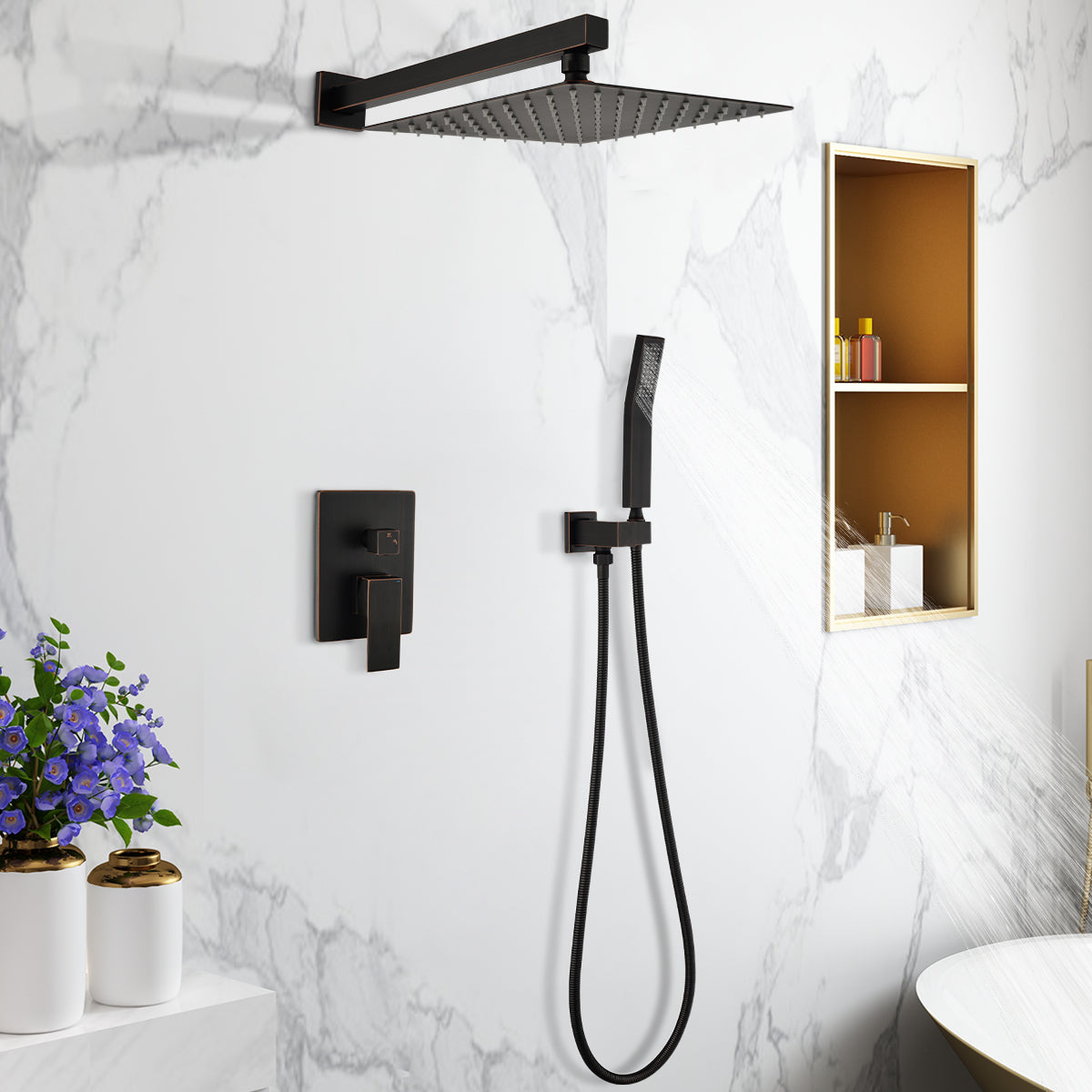






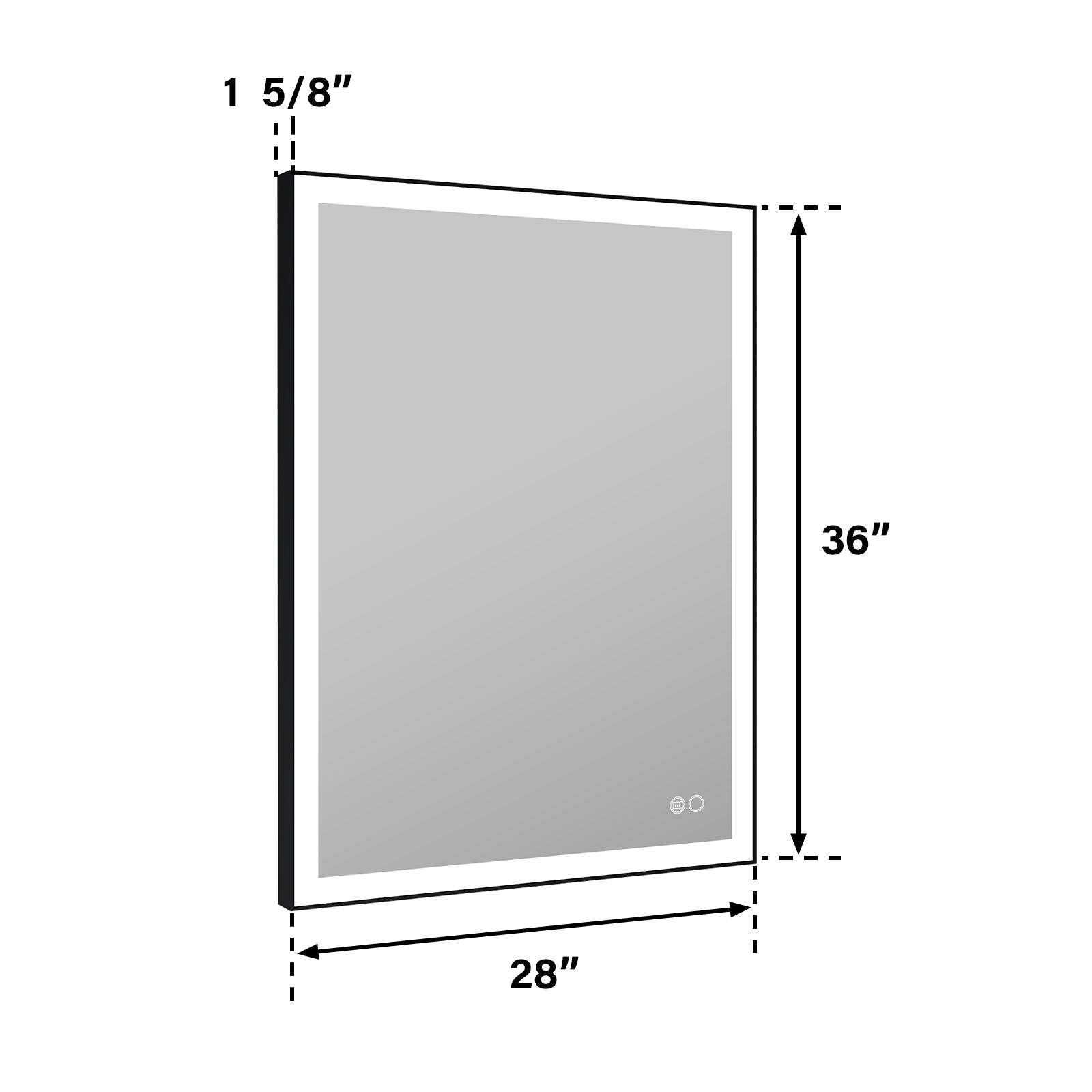

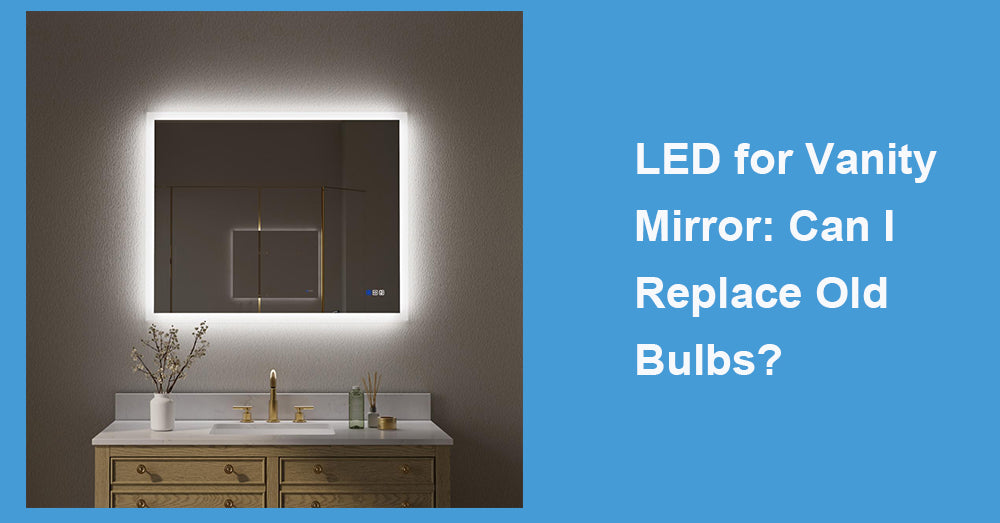

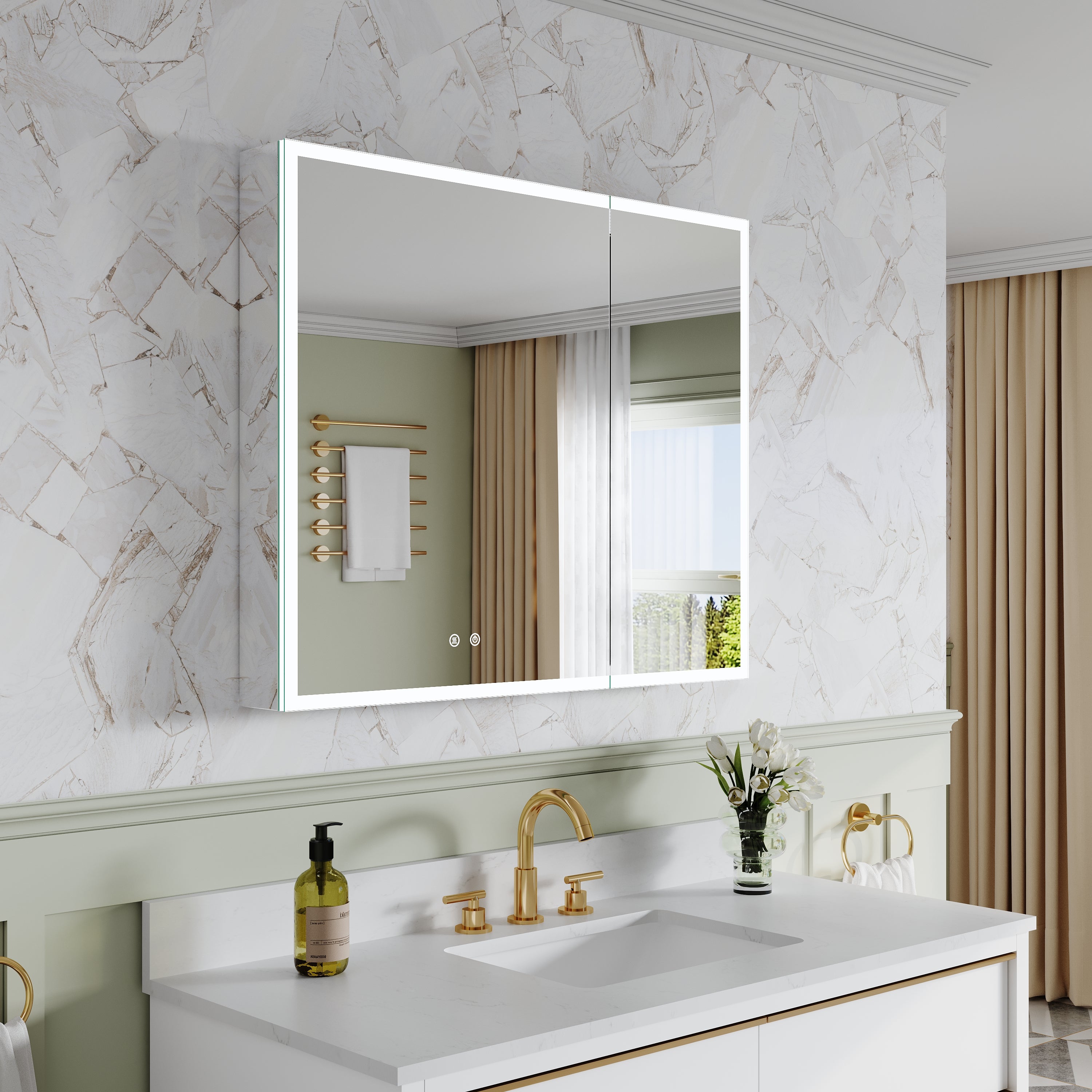
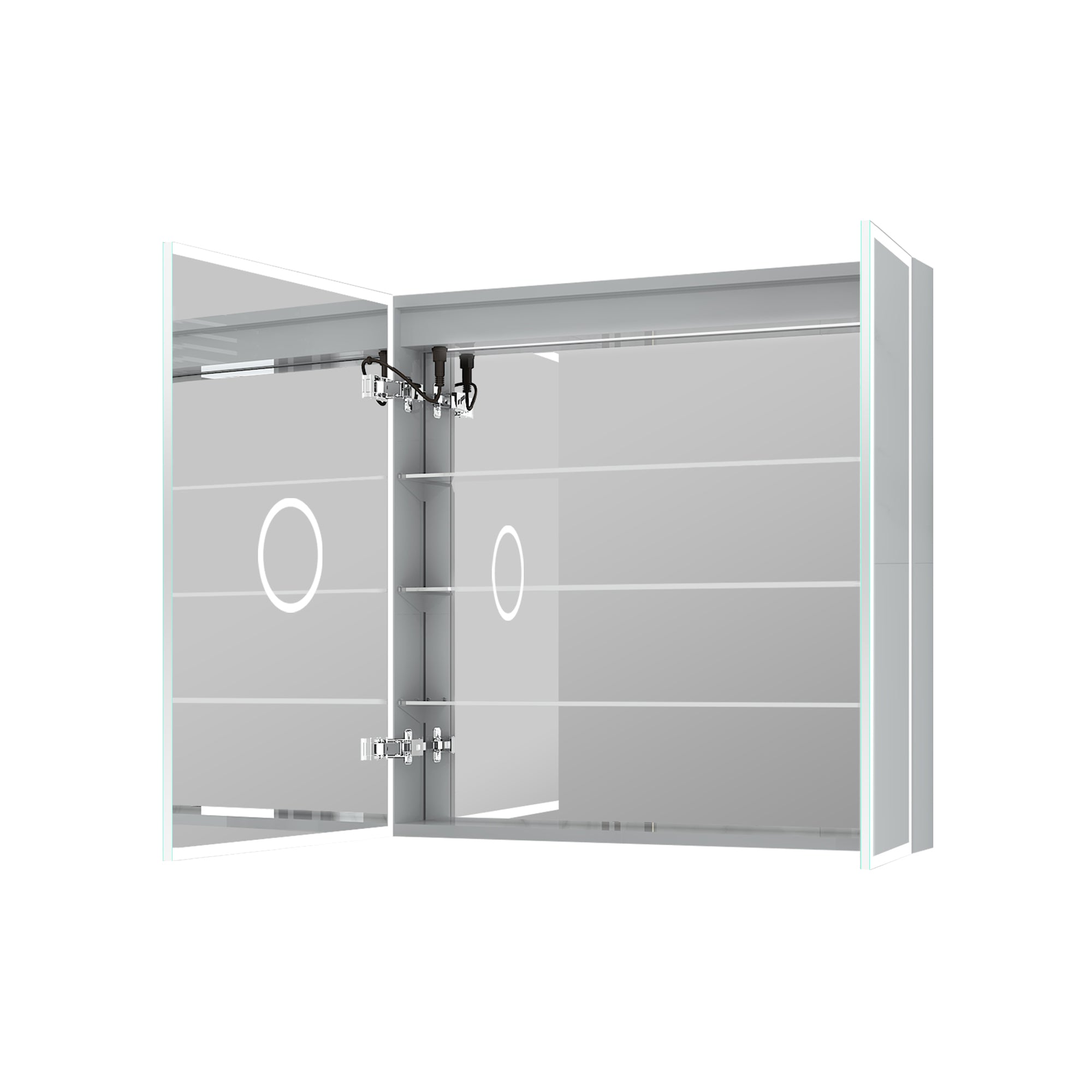
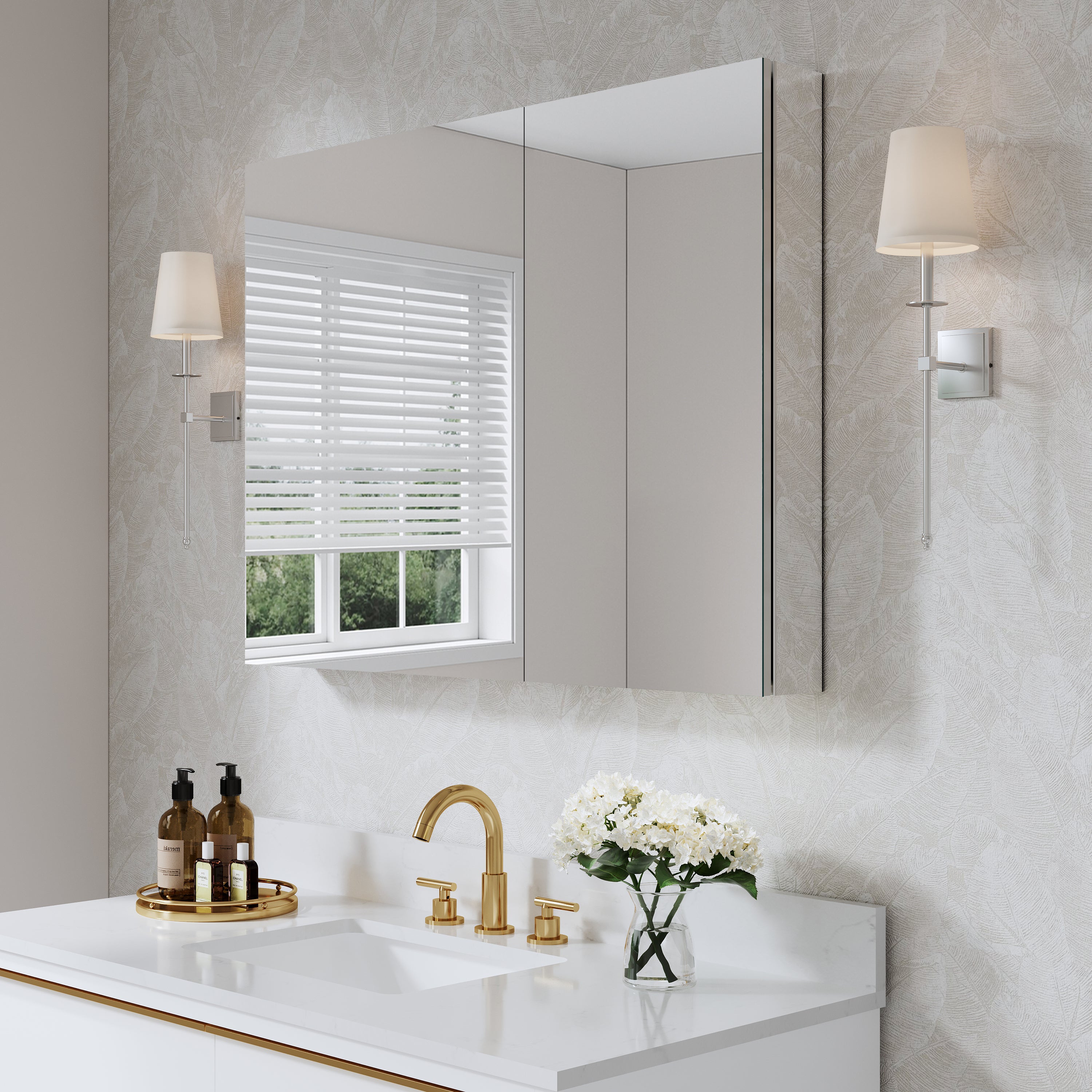

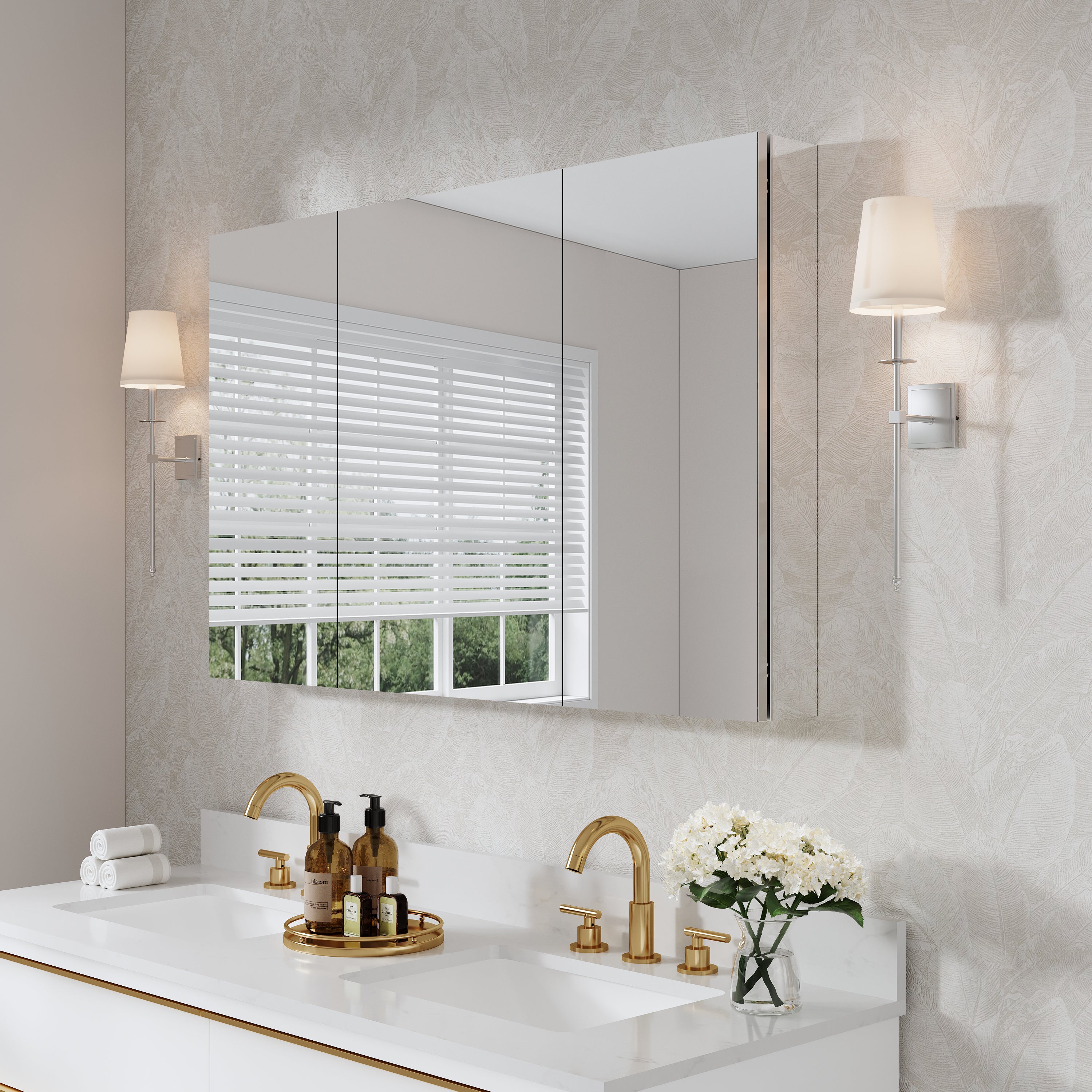
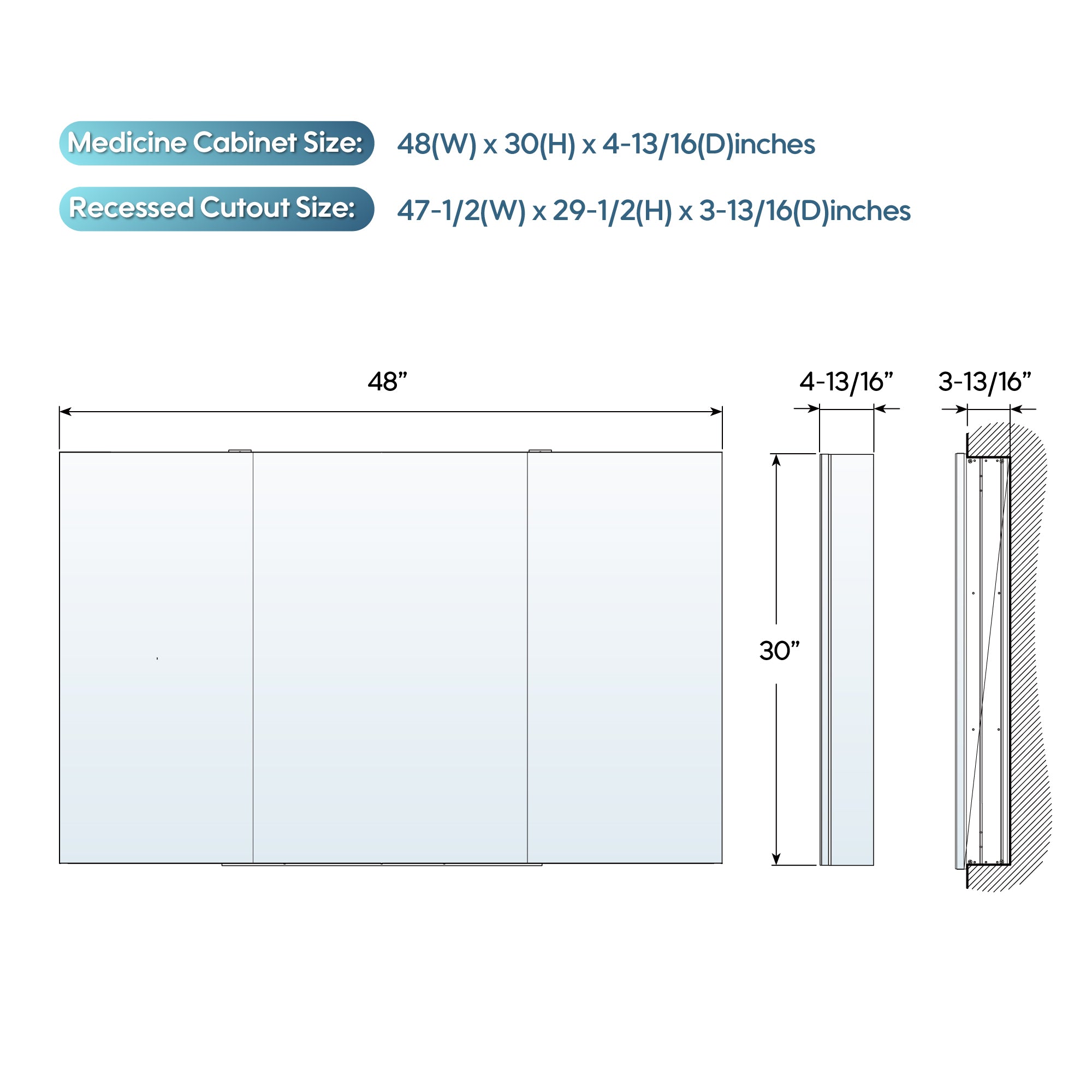

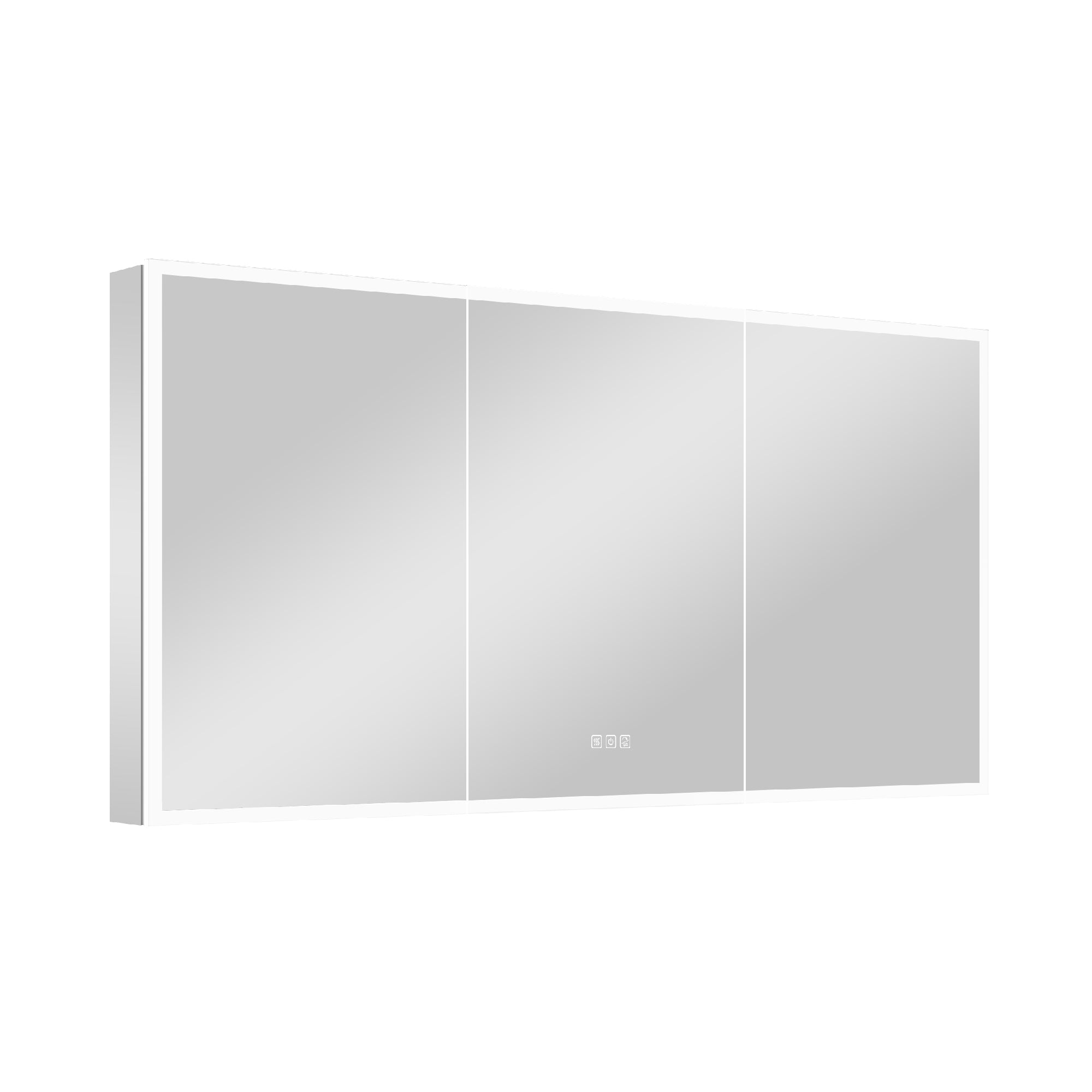
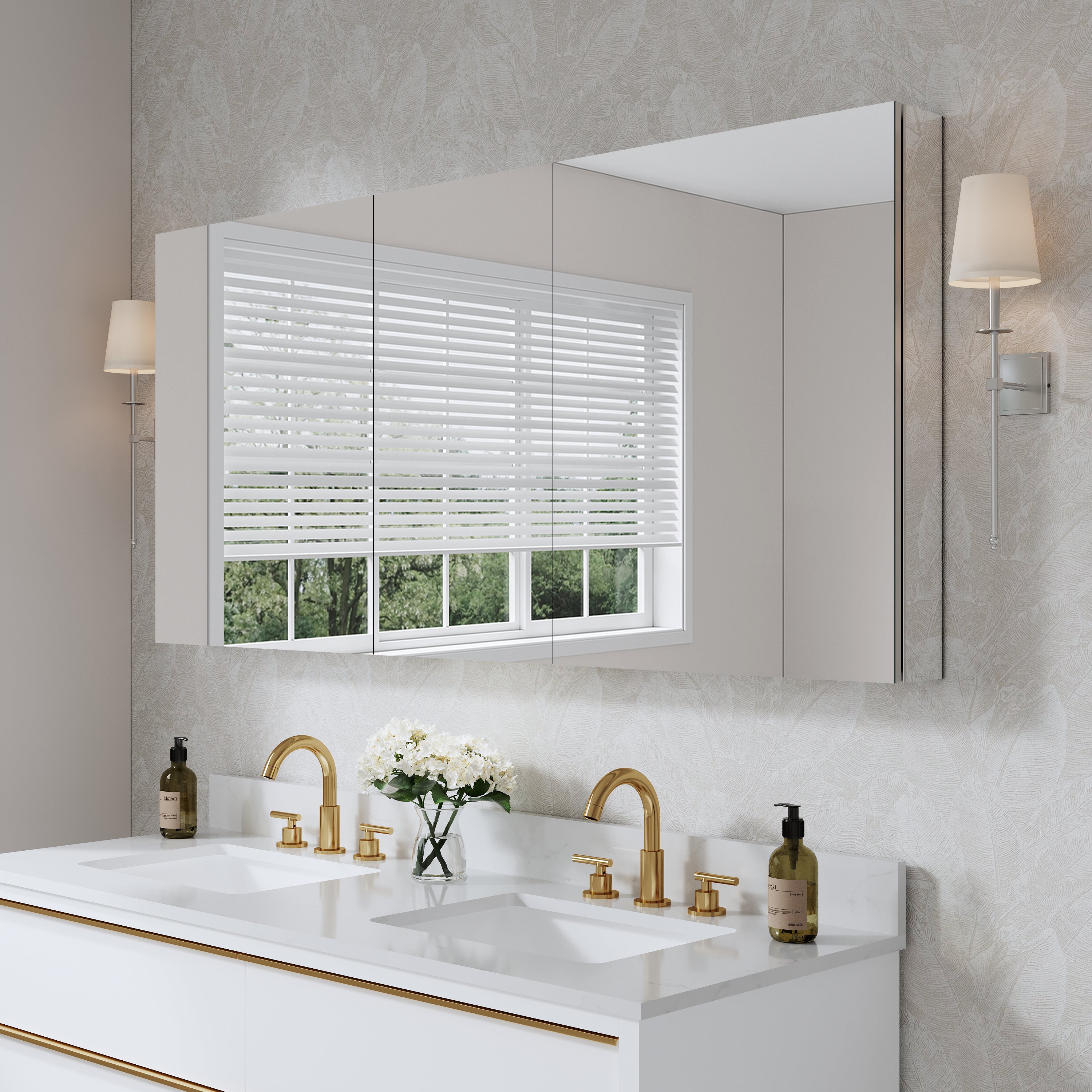




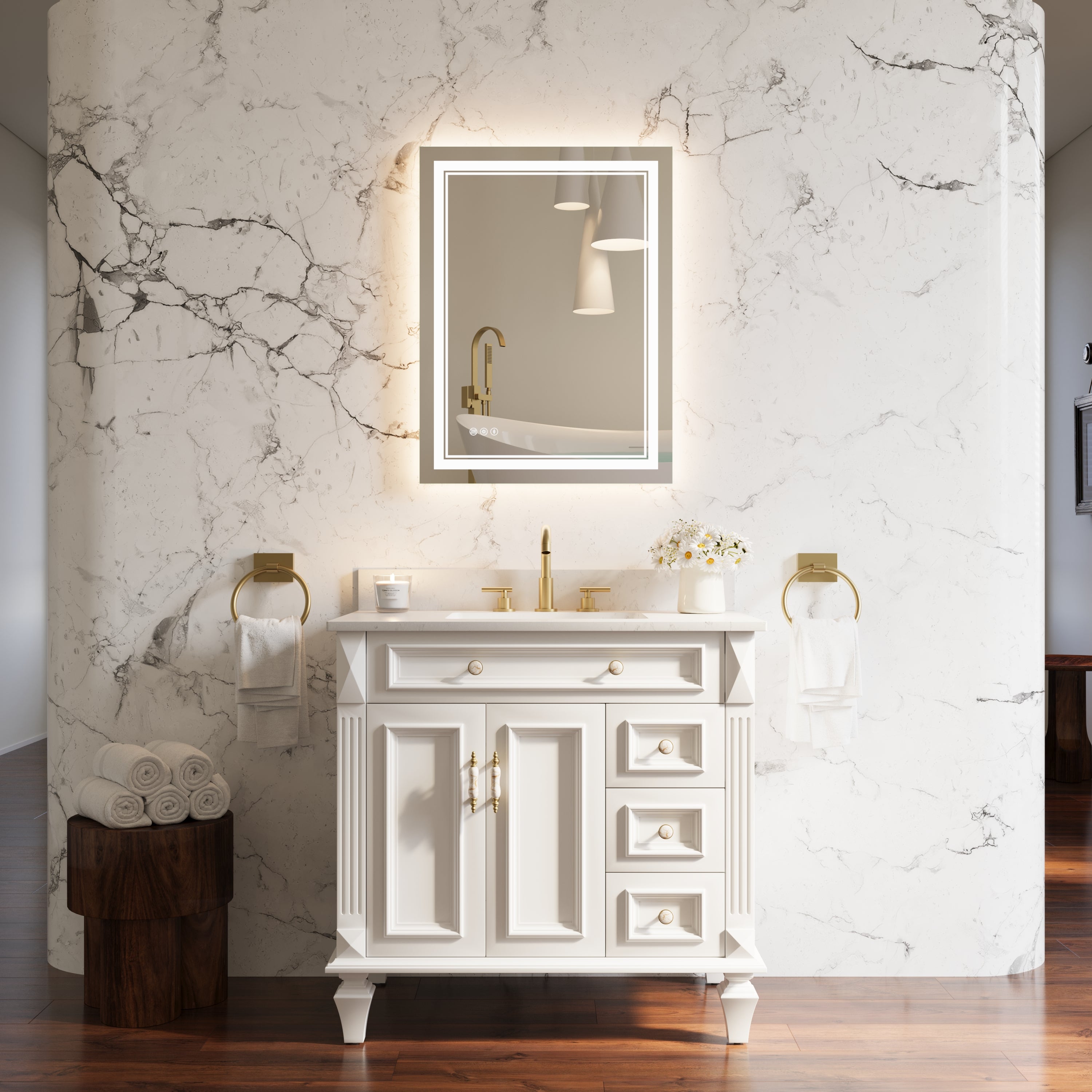
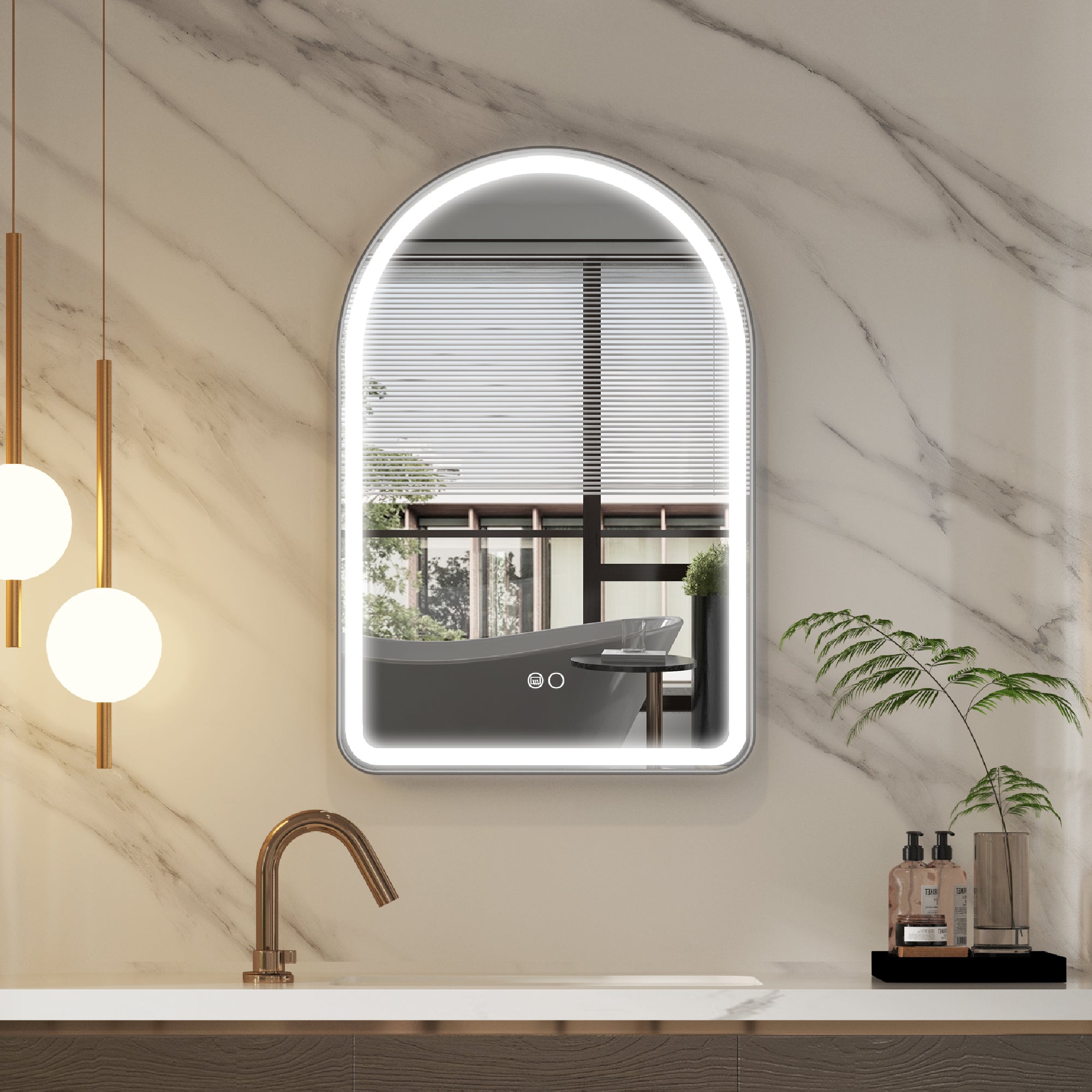
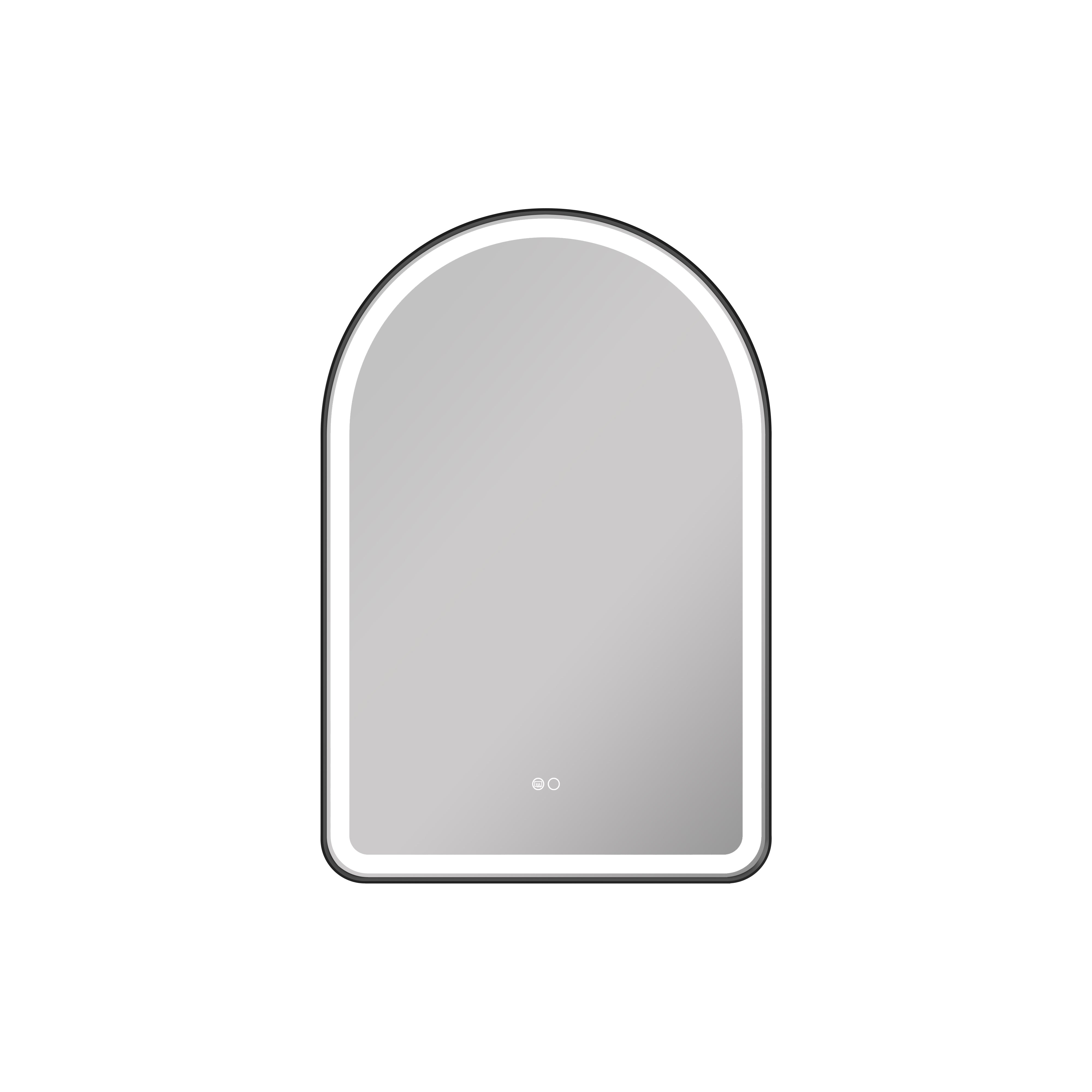

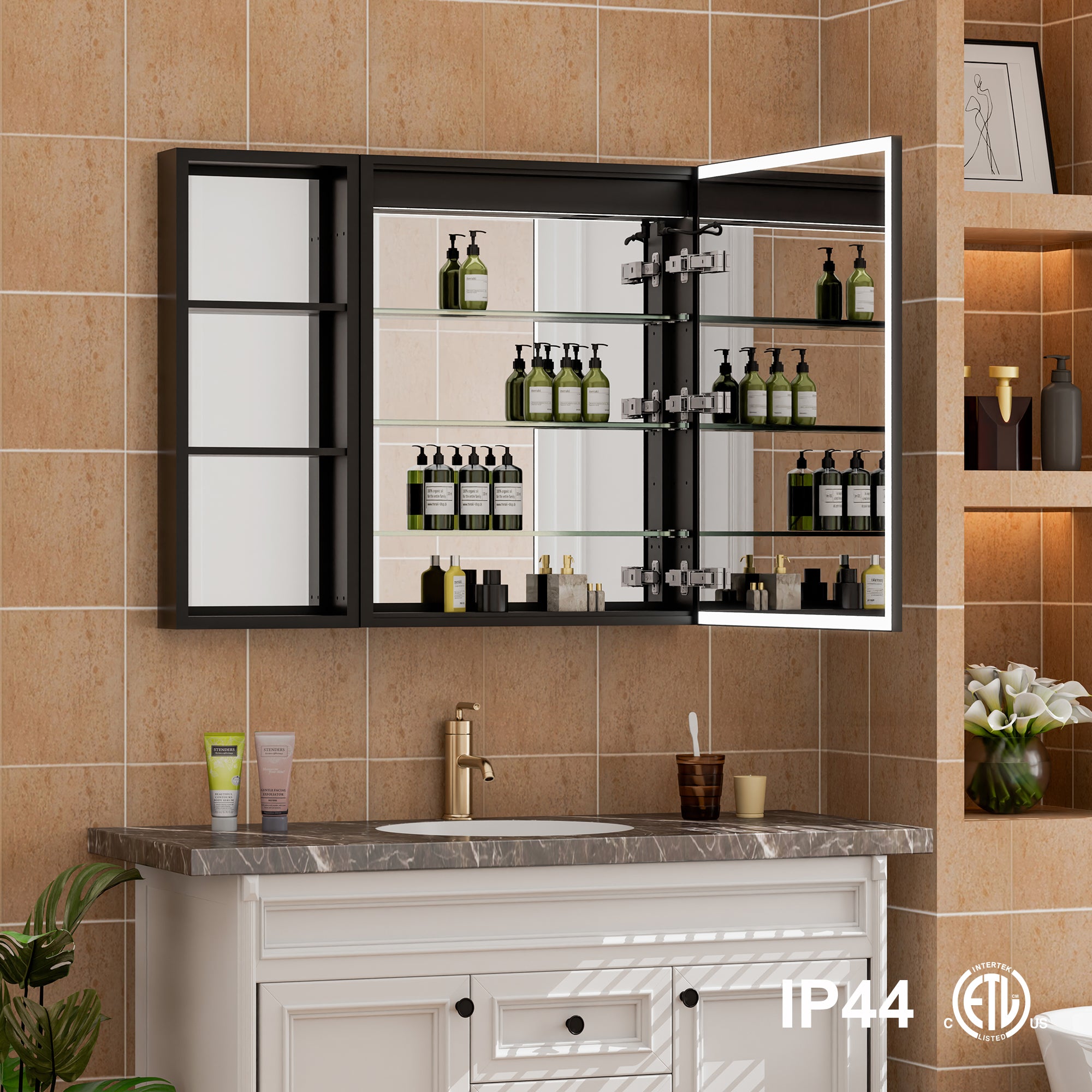
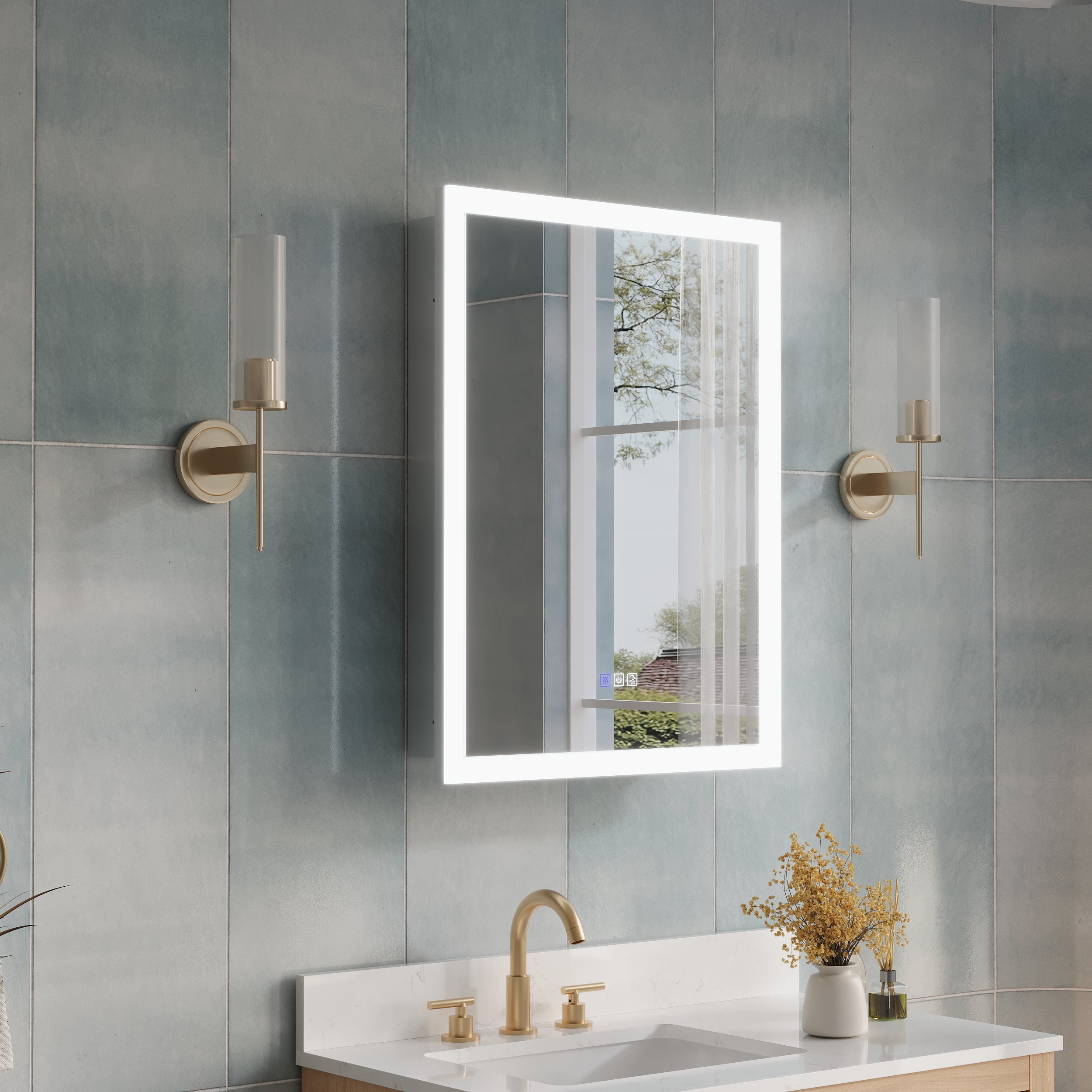

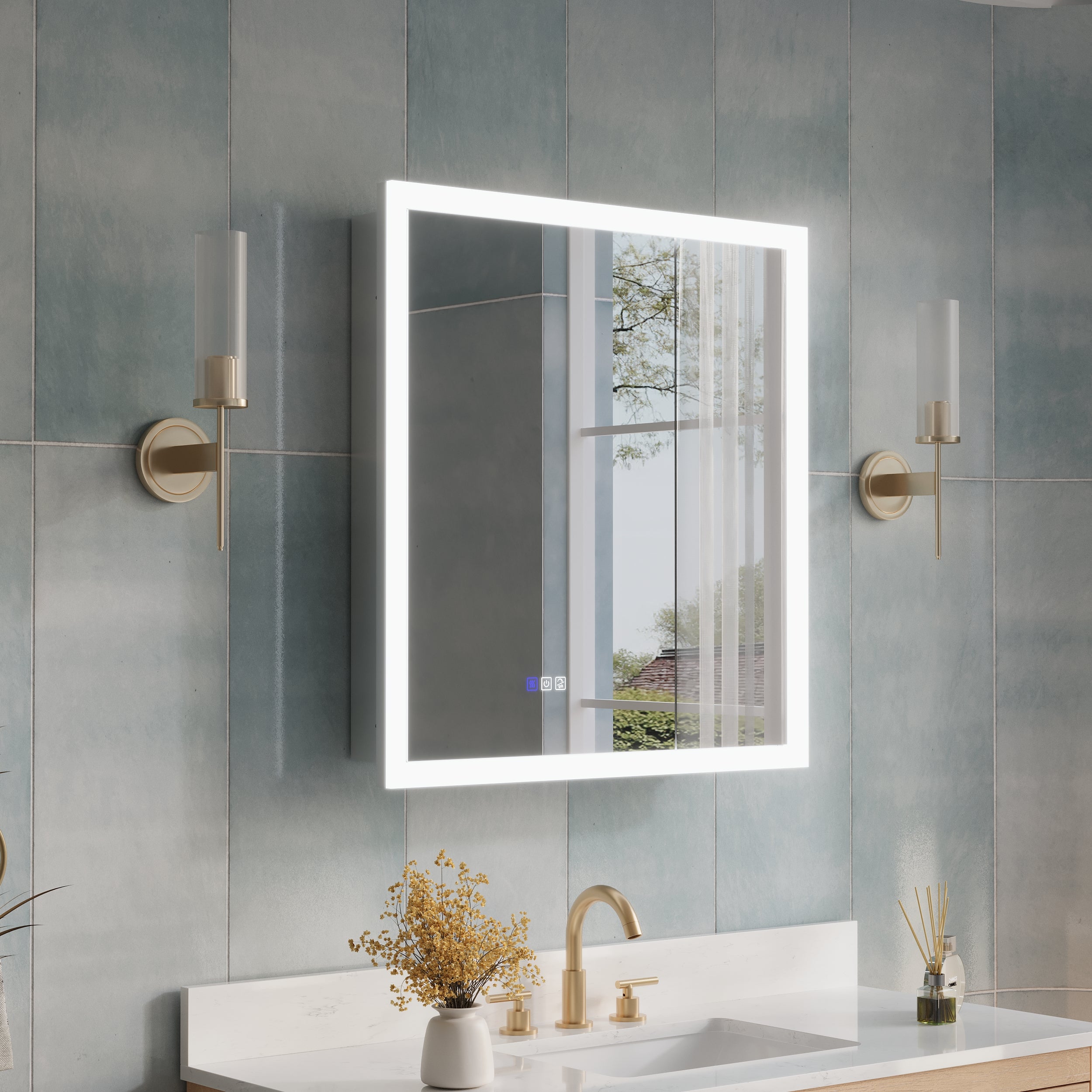

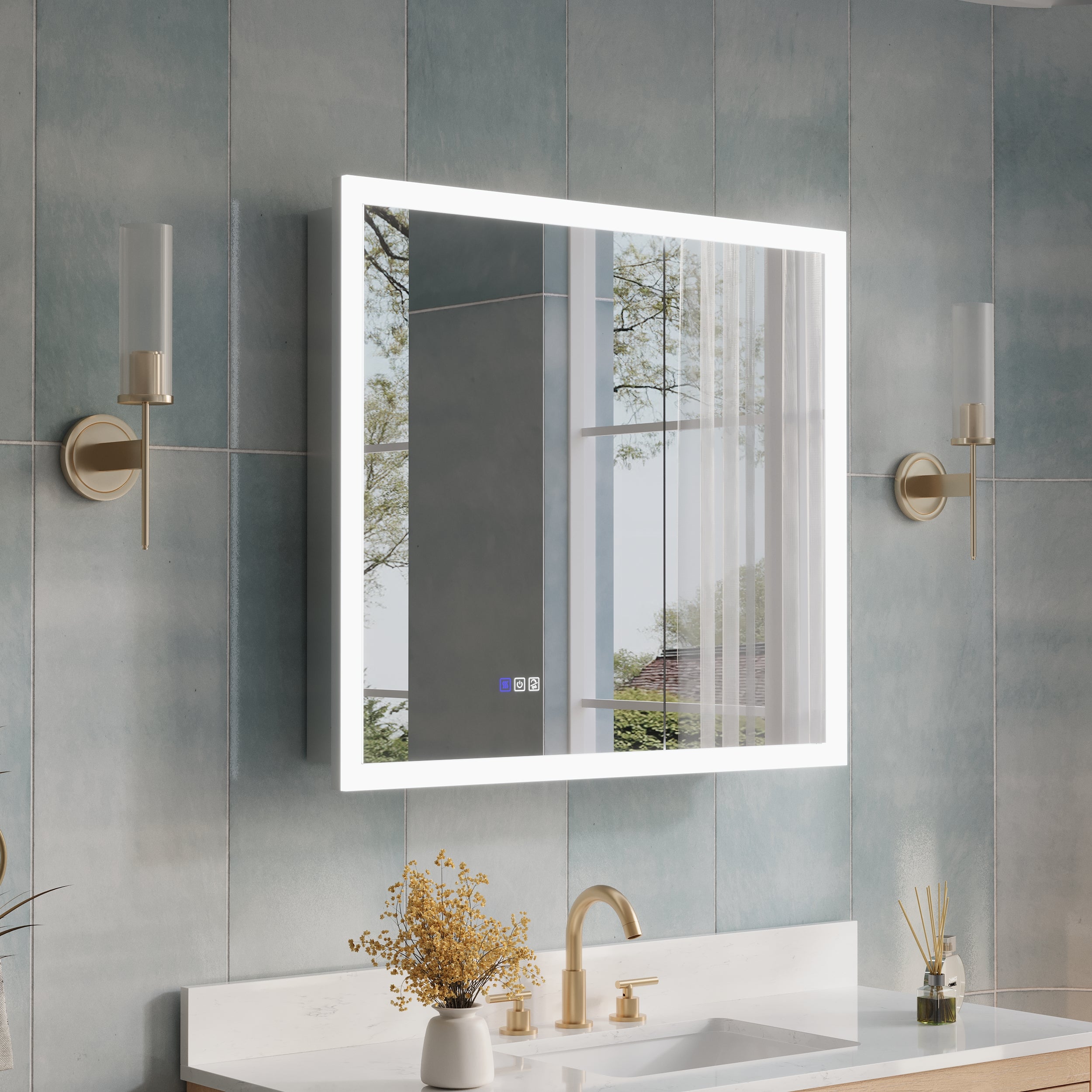

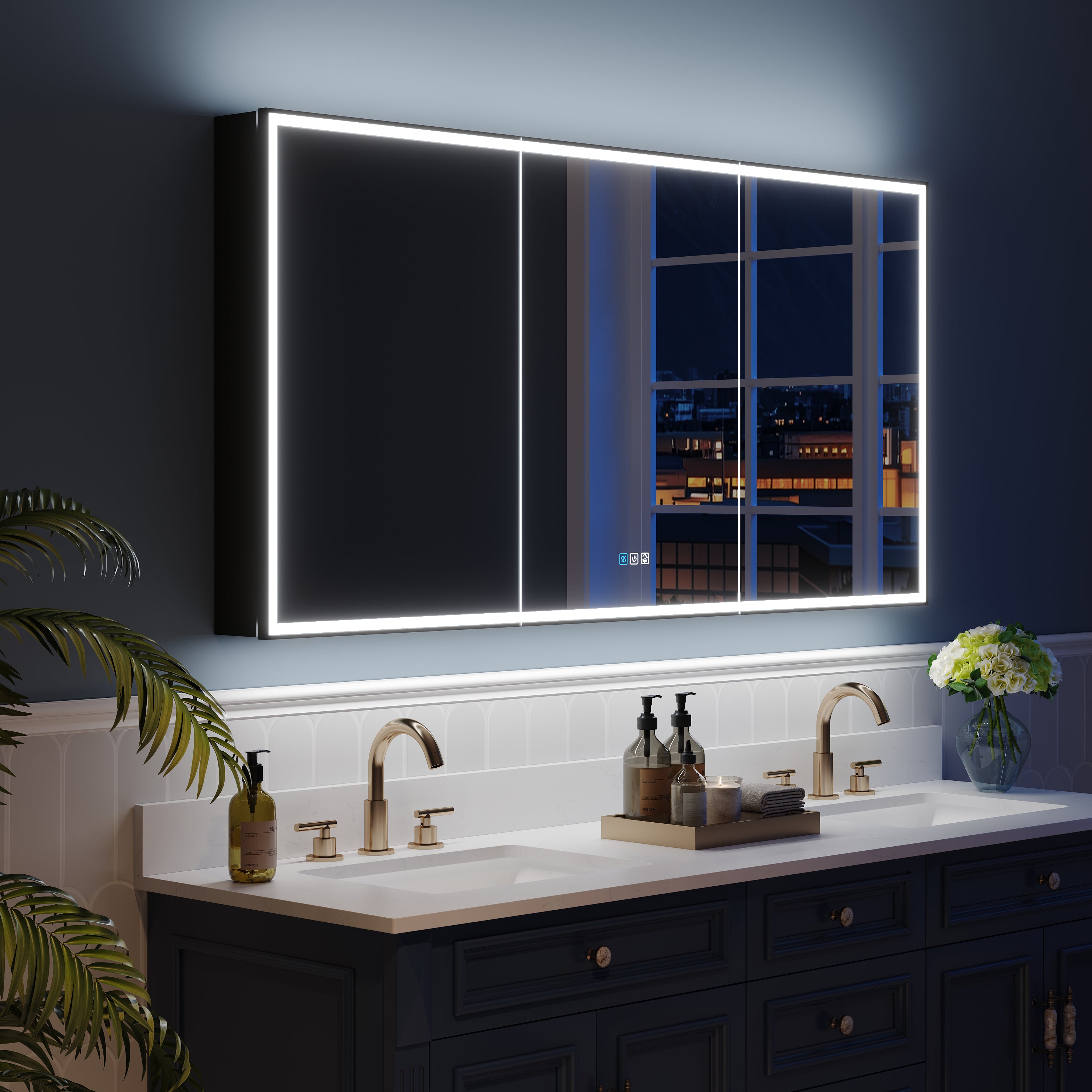
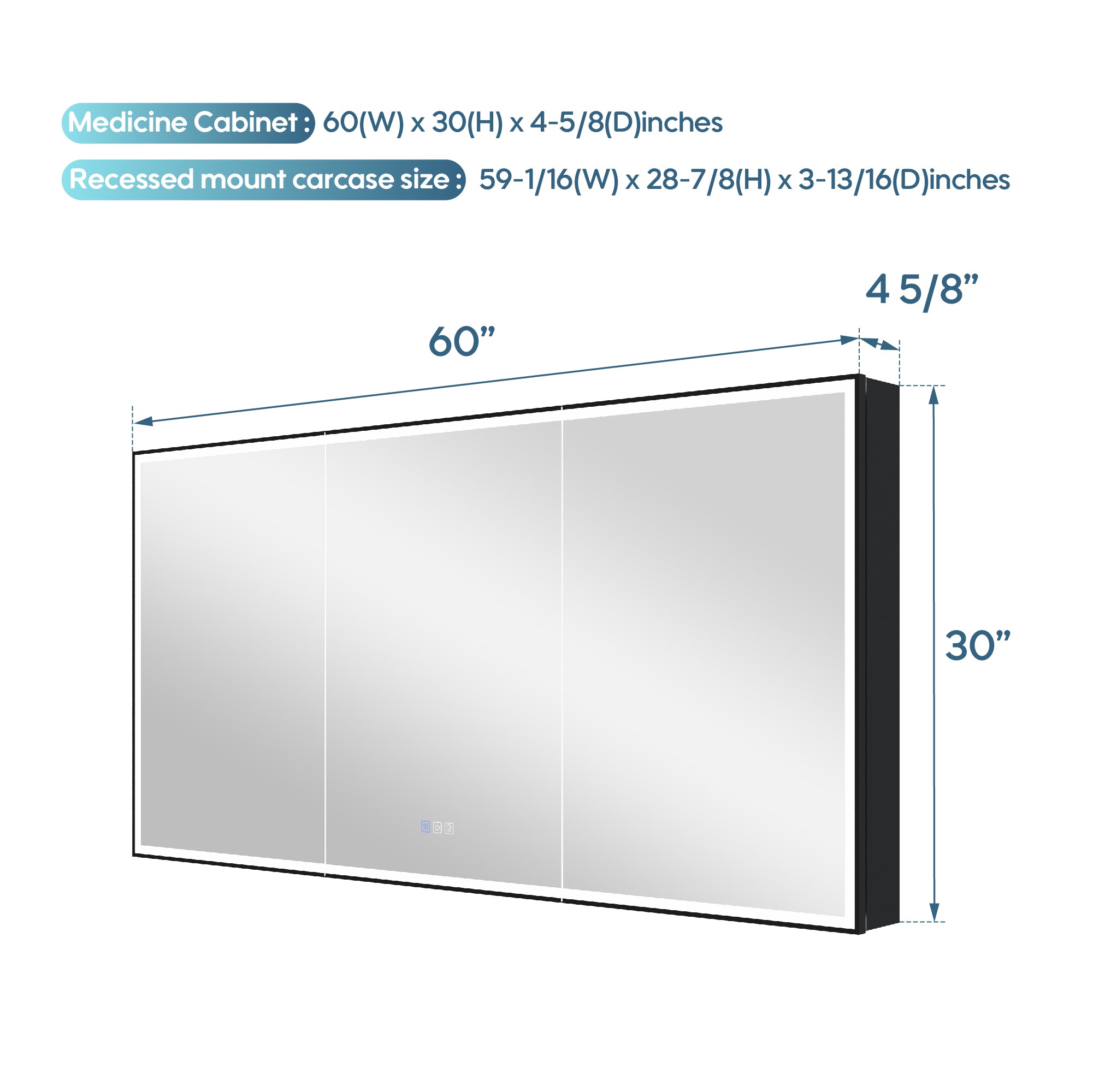
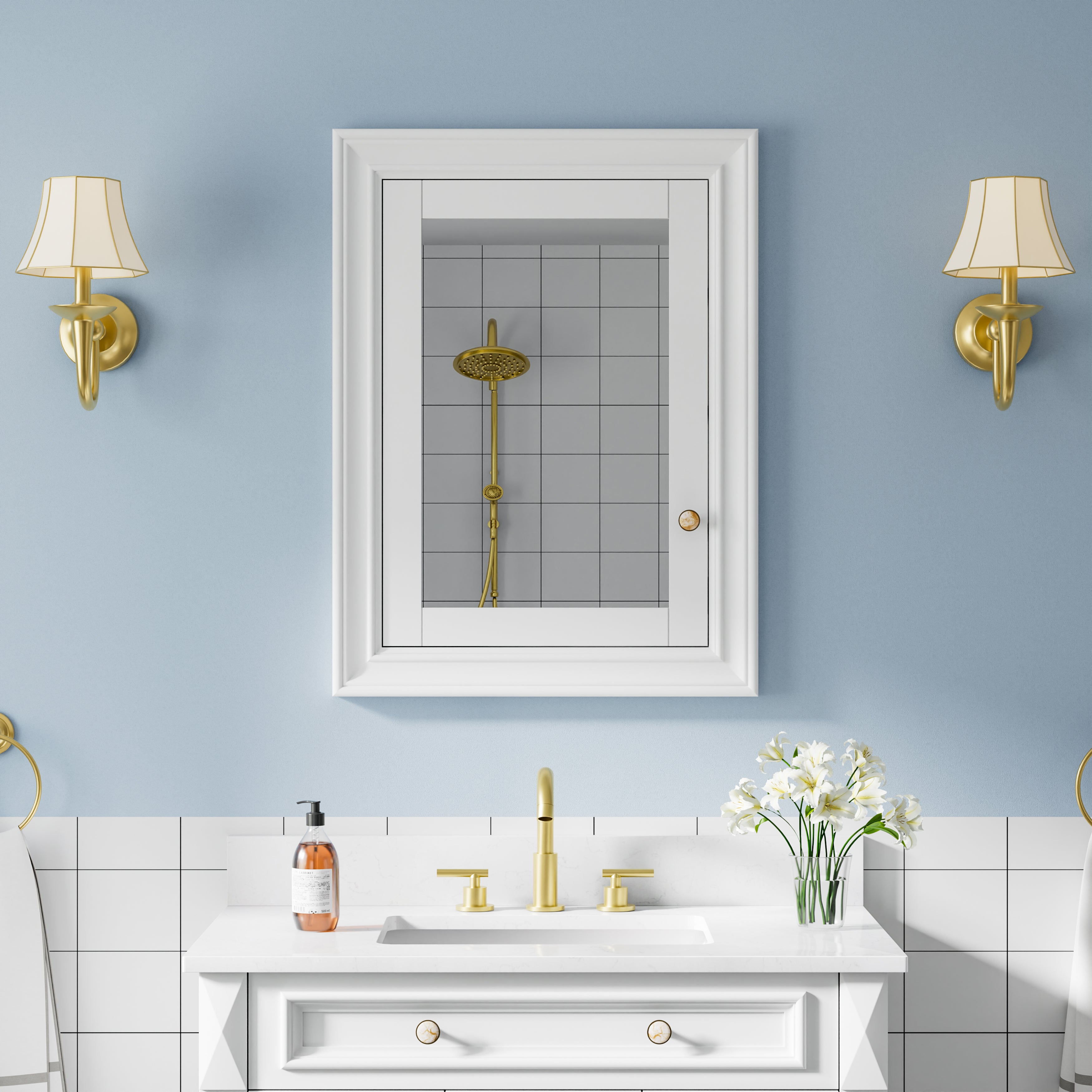


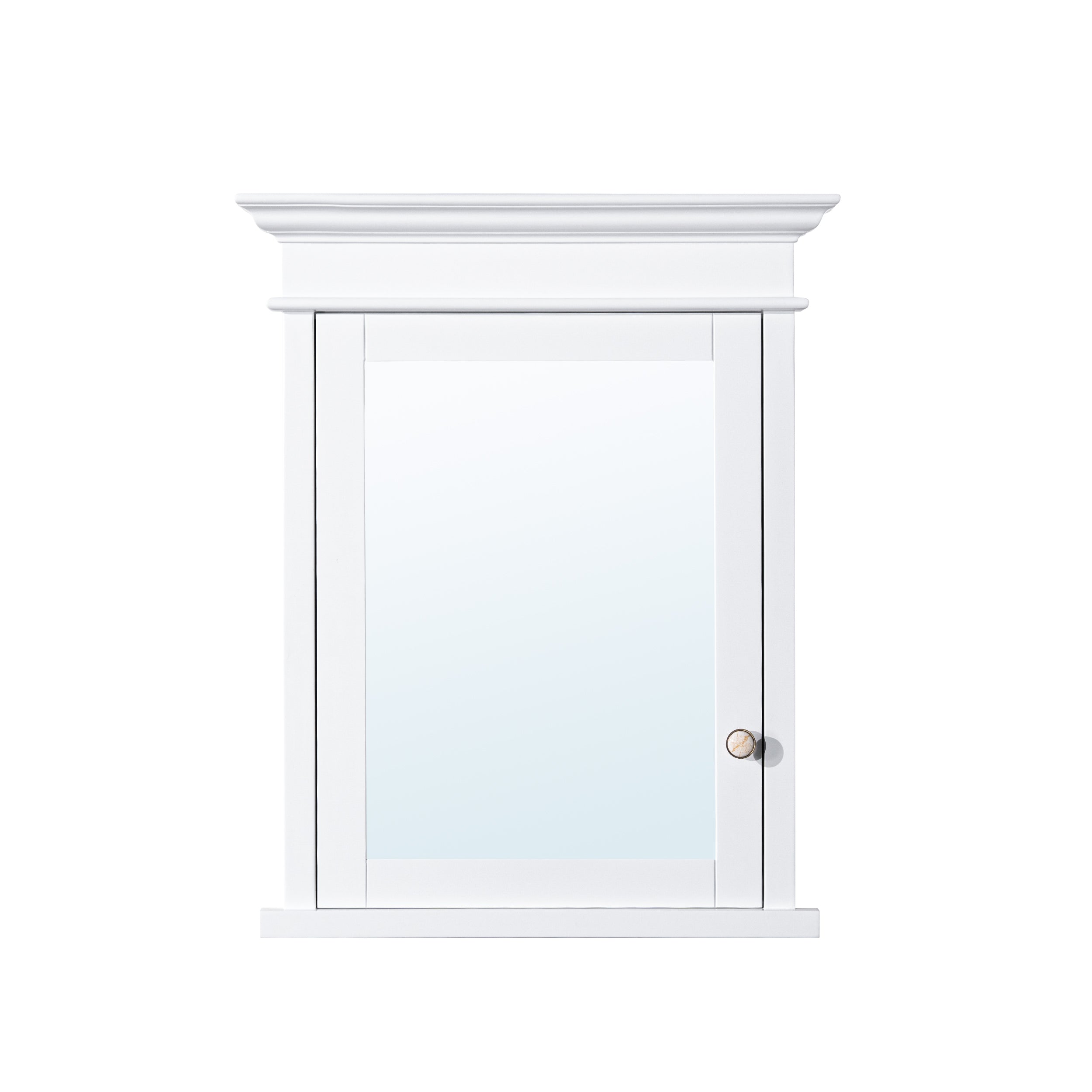

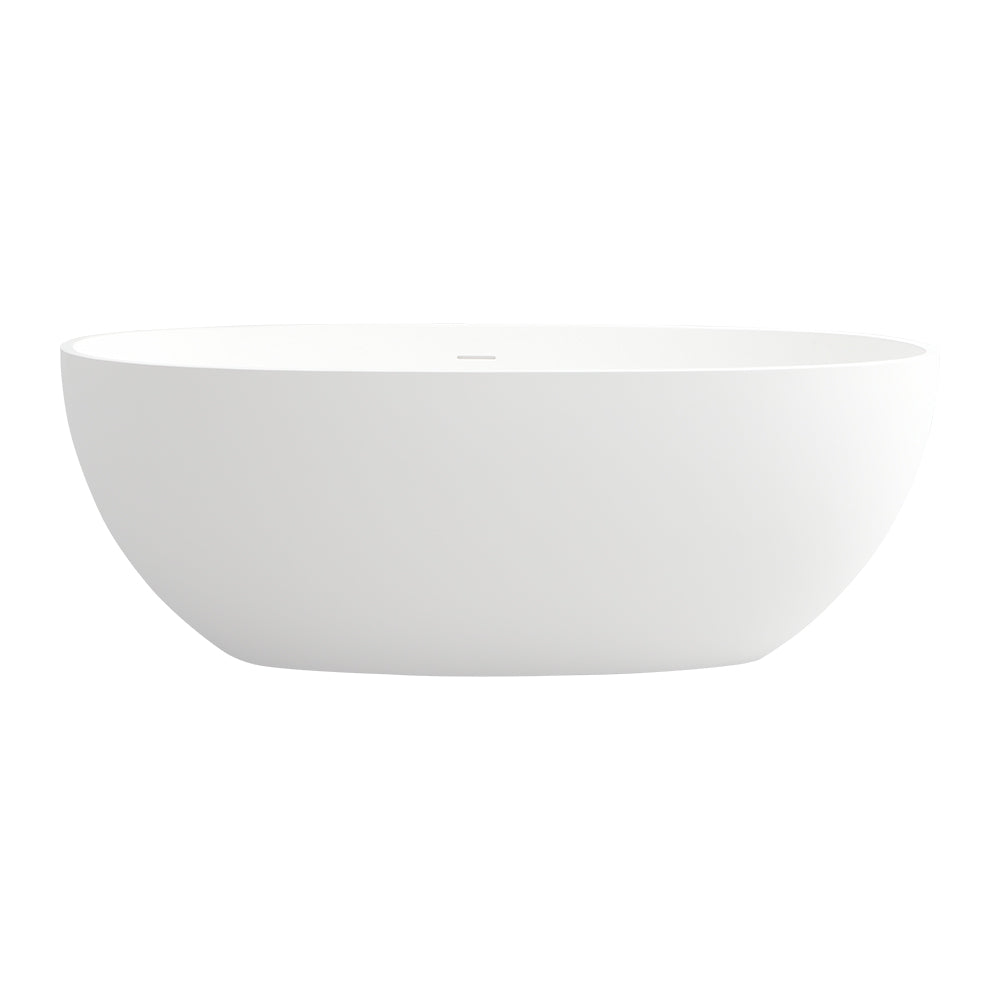


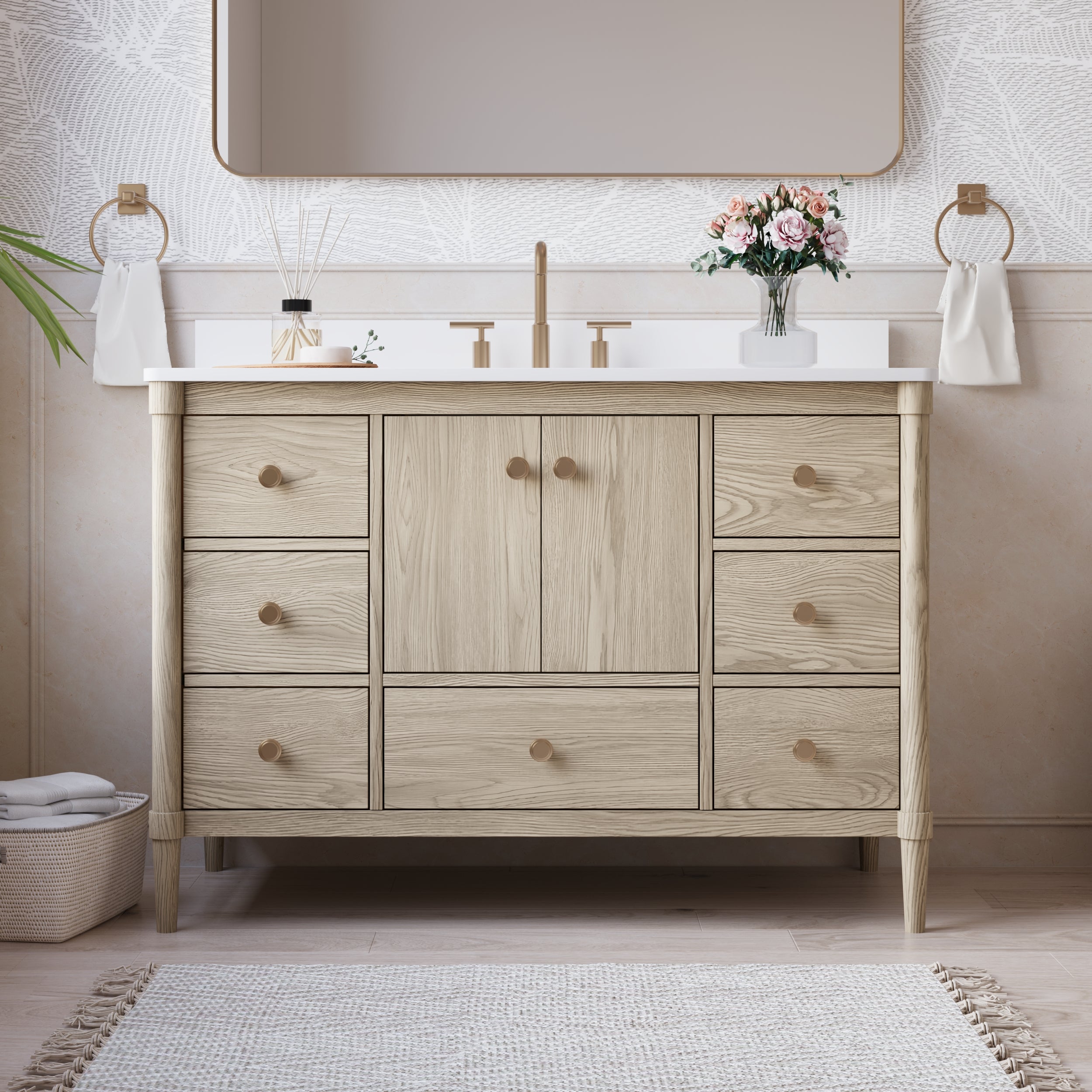
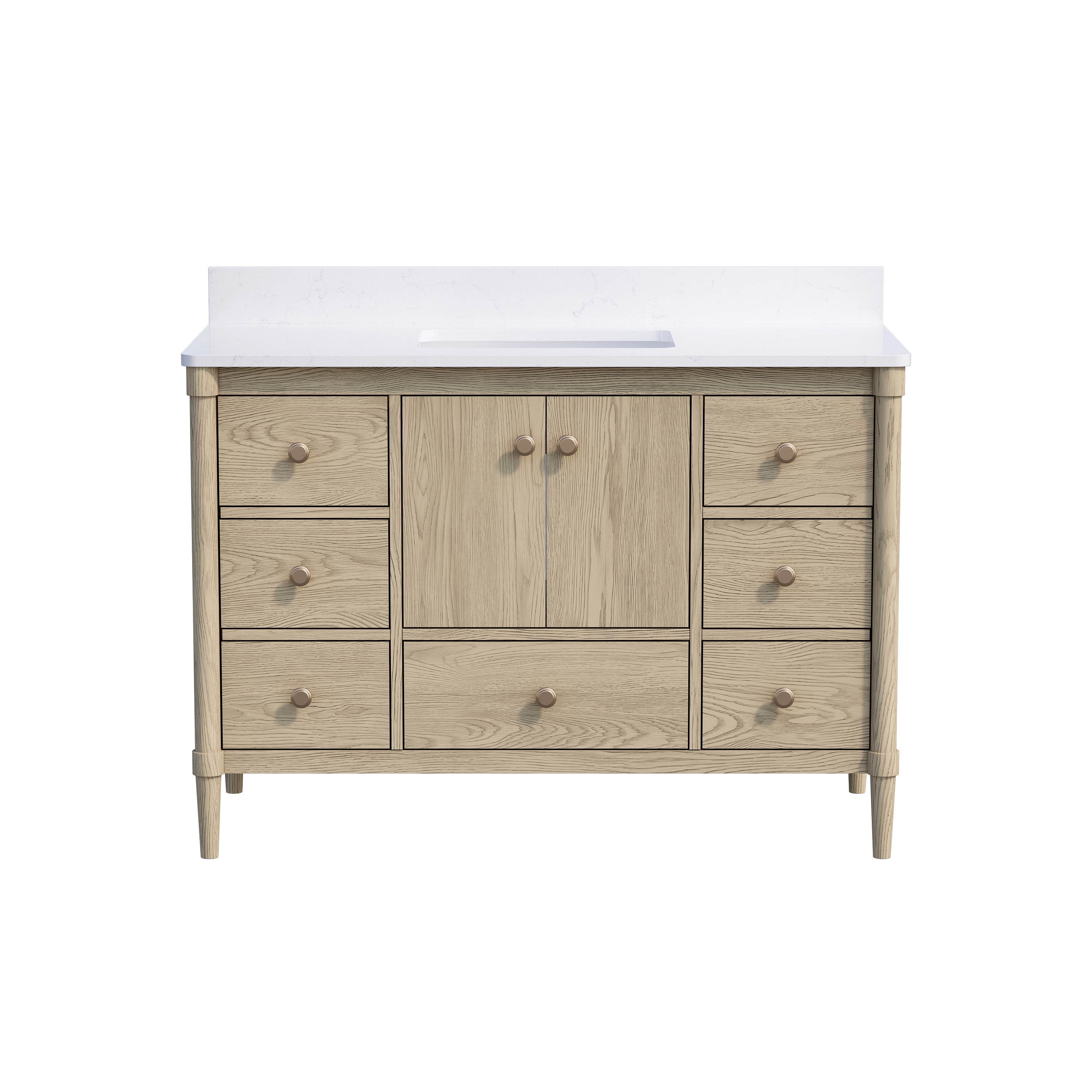
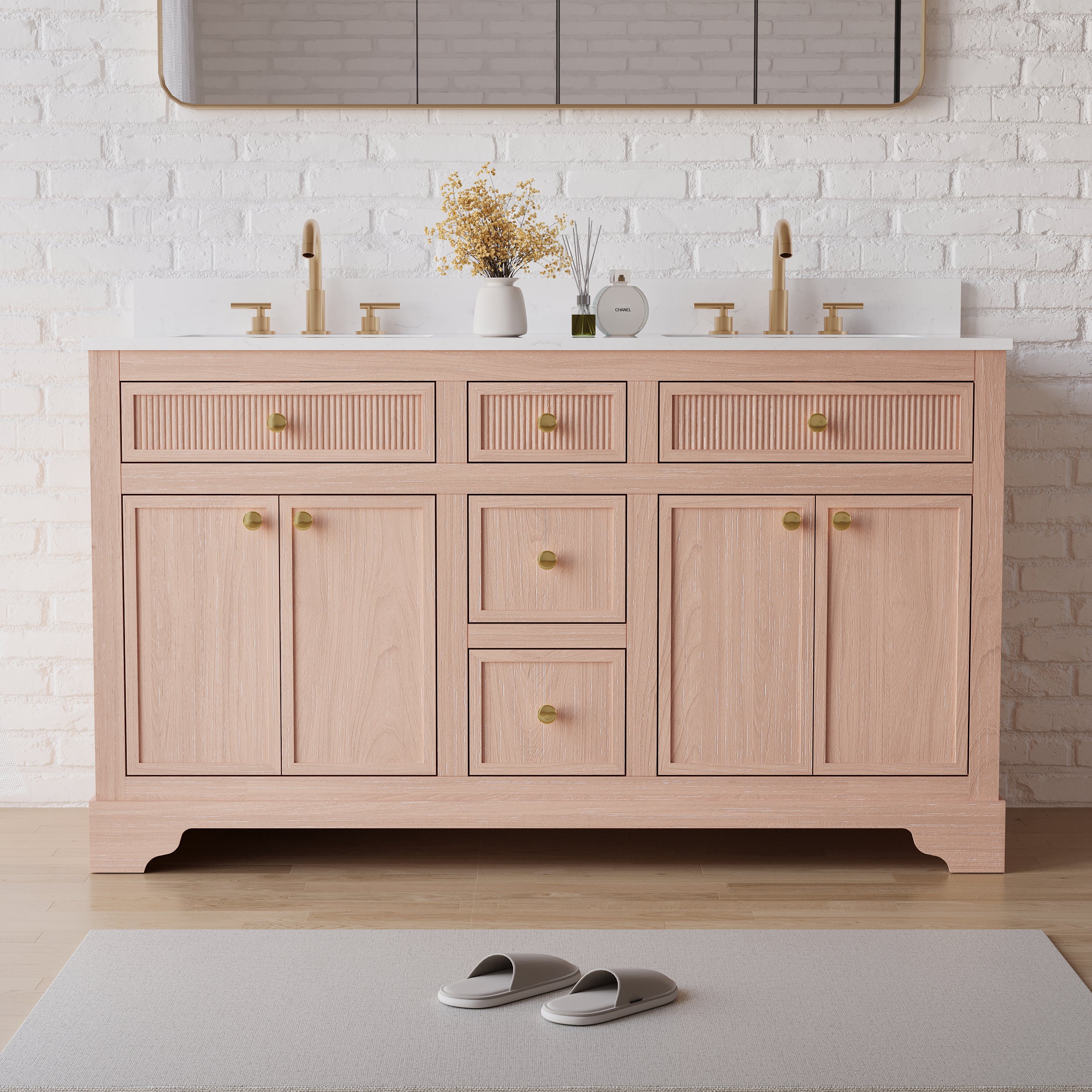



Leave a comment
This site is protected by hCaptcha and the hCaptcha Privacy Policy and Terms of Service apply.